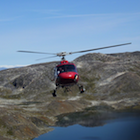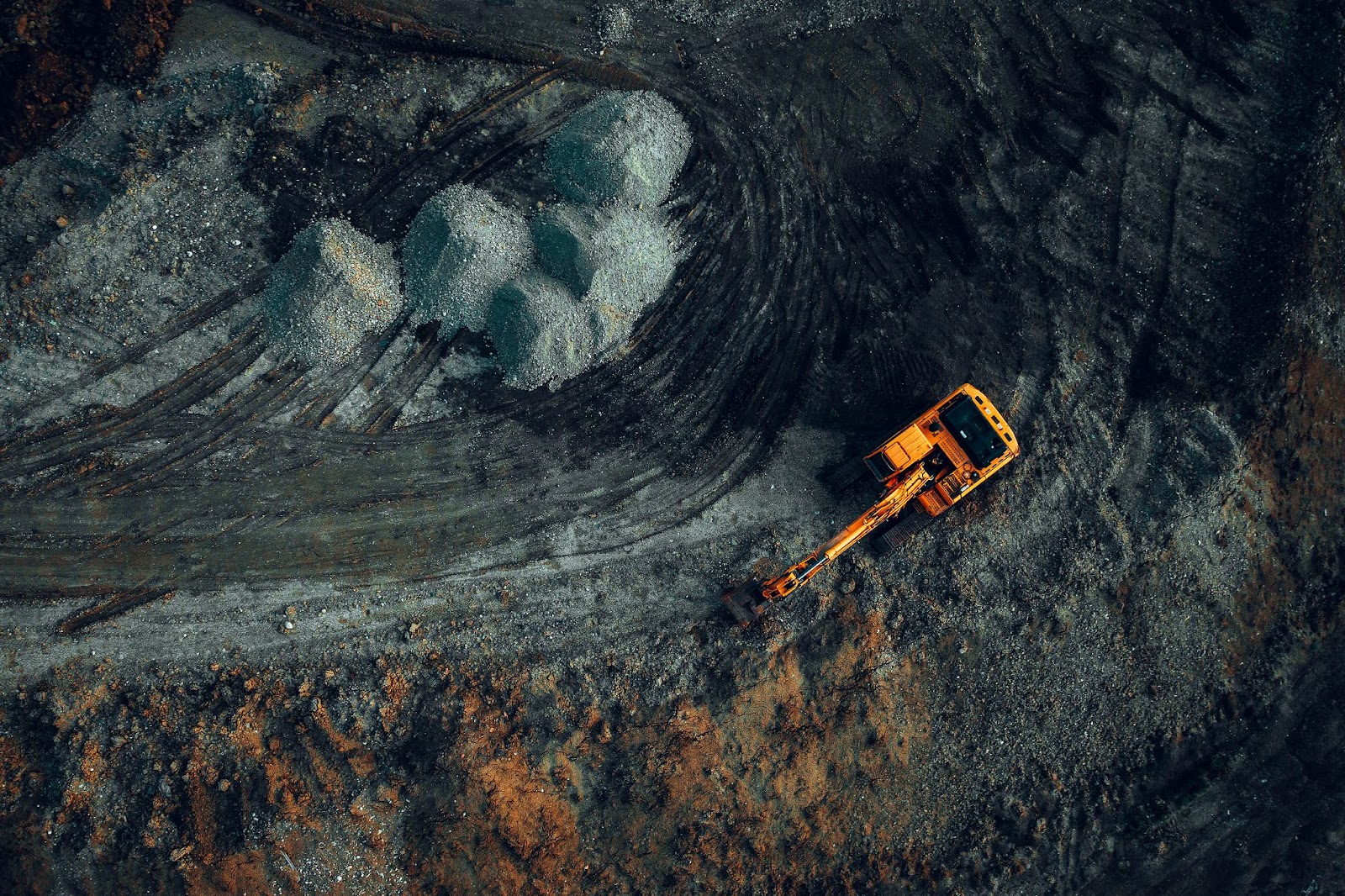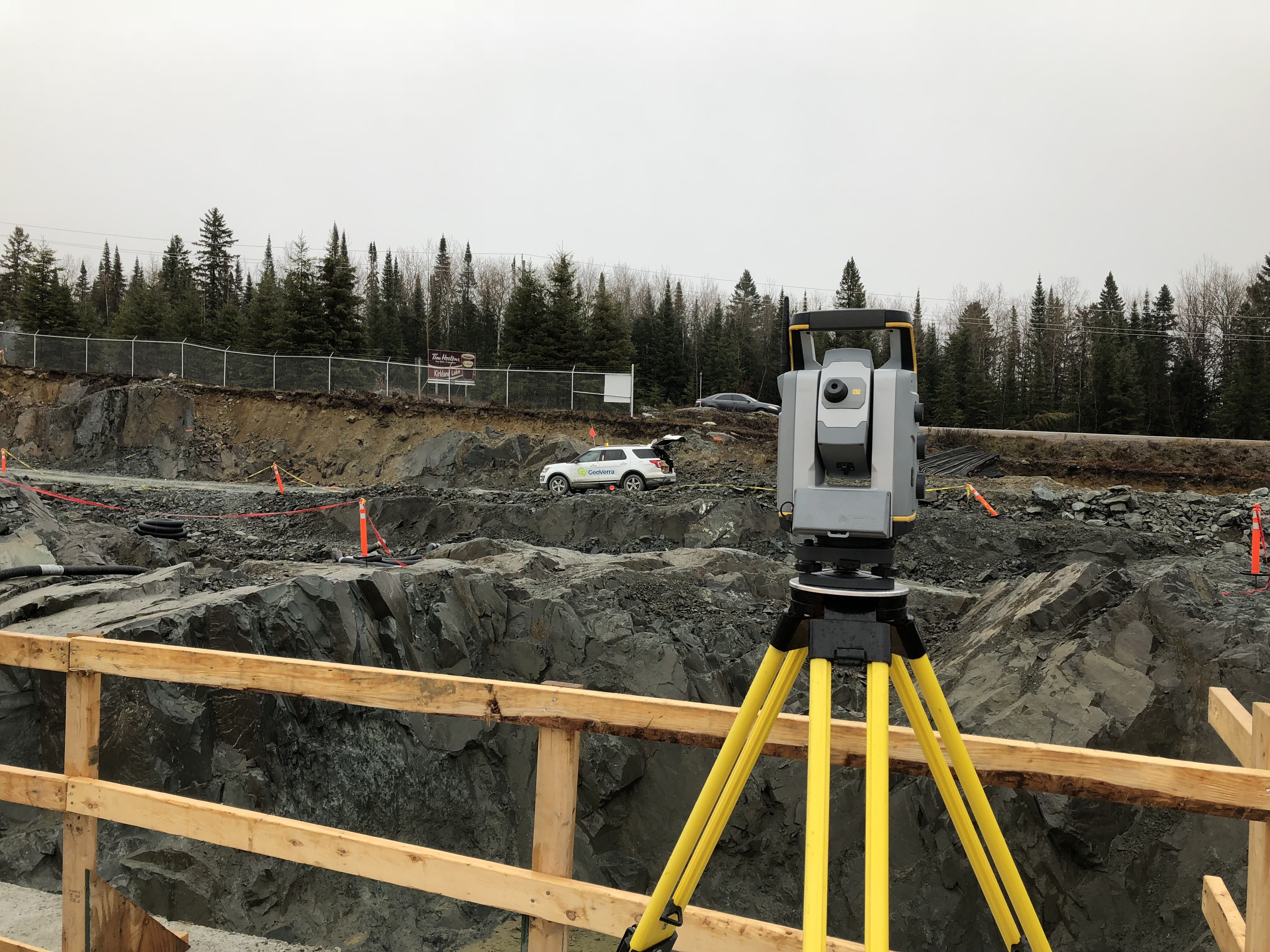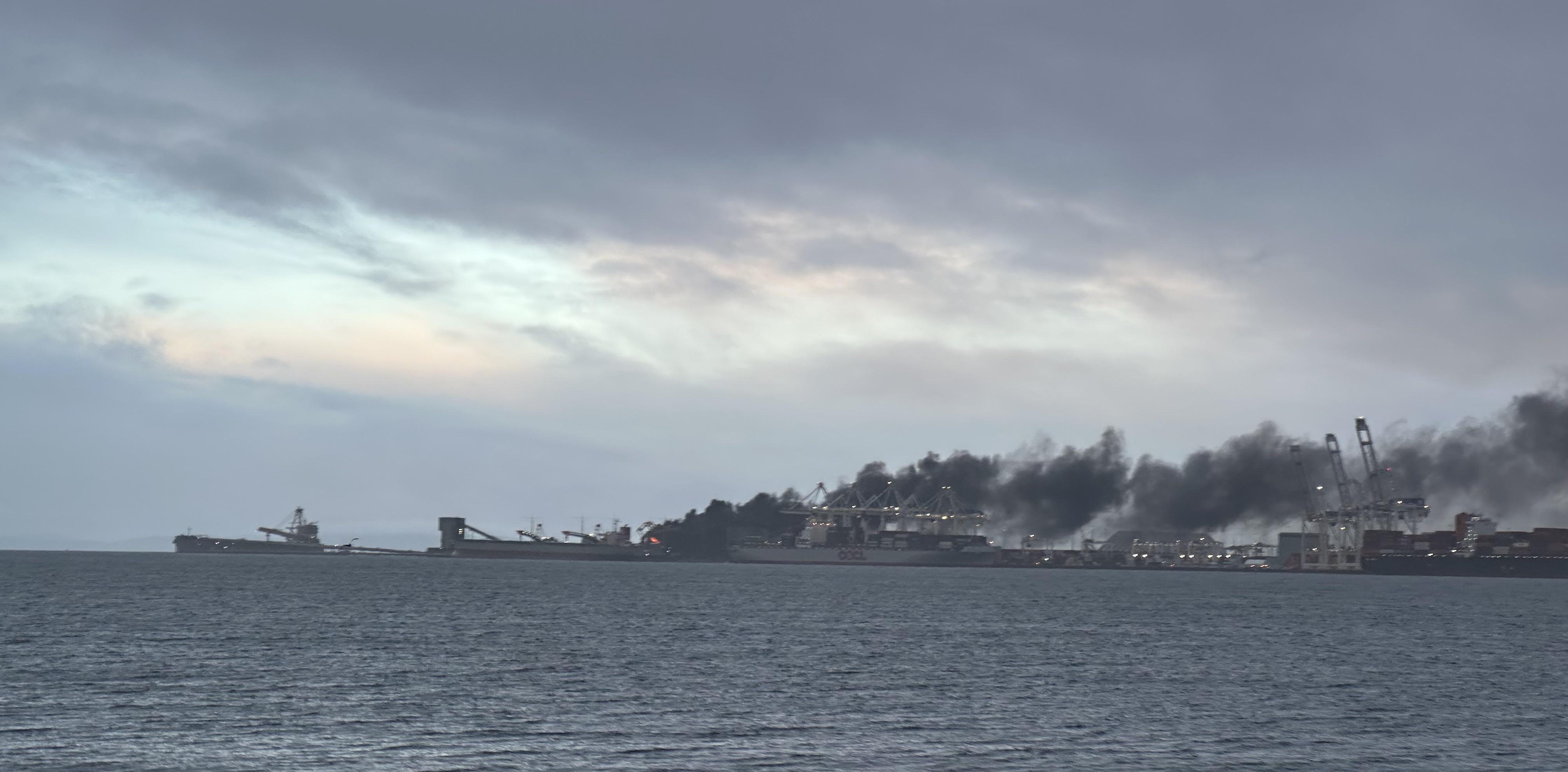Greenland property could be the next site of an open-pit nickel mine

1 of 3Helicopter flying over the Maniitsoq property. — Photo courtesy of North American Nickel2 of 3Helicopter and the VTEM System used at the Maniits
1 of 3Helicopter flying over the Maniitsoq property. — Photo courtesy of North American Nickel
North American Nickel’s (NAN) CEO Rick Mark and COO Neil Richardson said the small company has big dreams of finding a new nickel camp comparable to that in the Sudbury Basin … in Greenland.
NAN was created from a shell company in 2010, originally focusing on opportunities in Sudbury that are affiliated with mother company VMS Ventures. VMS Ventures owns approximately 25 per cent of NAN.
NAN made the deal for 100 per cent of the 4,983-square-kilometre Maniitsoq project in southwest Greenland in 2011 and has spent a year with its chief geologist John Pattison, going through historical data and overseeing airborne versatile time domain electromagnetics (VTEM) programs and initial drilling.
John Ferguson, an expert in meteorite impacts, explored the area and said the Maniitsoq structure is, in many ways, comparable to the Sudbury Basin.
“When we tell the story, we are willing to wave our arms and say we are searching for another Sudbury; that is, to find out if this really is a new nickel camp,” said Mark. “It turns out there were 119 shallow diamond drill holes completed in the 60s over a period of ten years. This information, analyzed and confirmed by Falconbridge in 2000, proved extremely valuable in bringing the project together.”
Richardson said exploration is still in the grassroots stage, but that the most recent drill hole discovery is significant because it shows nickel grades with open pit mine potential.
“We’ve now identified an intersection at Spotty Hill and reported 123 metres of mineralization with an average 0.81 per cent nickel,” he said. “It will still require a fair amount of drilling before the development stage, but it is a new discovery of heavily disseminated type of mineralization.”
Mark and Richardson realized that the site’s rugged terrain may have been prohibitive during earlier exploration in the 1990s and in 2000 because then-current technology wasn’t able to fly low enough given the geographical conditions.
“In 2000 they flew in fixed wing aircraft, high and fast, and crossed their fingers,” said Mark. “They’d have been lucky to see anomalies in a third of the flying block, due to the height of the plane to the ground.”
NAN uses Helicopter VTEM systems that collect and record clearer information by flying slower, lower, and with much-enhanced computer technology. In an area where there were few conductive bodies identified by others, NAN identified 75.
As for the work on the ground, the terrain has some valleys and rugged hills, but Richardson said there is nothing current drilling and blasting technology can’t handle.
“We are very close to the Davis Strait, which is ice-free all year round for shipping,” said Richardson. “There are long fjords running towards the project and in Greenland all the coast is fairly rugged. We’ll just go in with drilling and blasting equipment to make our road to the project area and use the fjords to barge in to the project area.”
Greenland’s openness towards mining developments is a key factor in NAN’s optimism. The jurisdiction policies are straightforward and simple, and the absence of land dispute issues creates an easier overall exploration environment. Greenland’s strong labour supply, abundant local expertise and development history are also important factors.
In market terms, the future looks relatively stable for nickel.
“It’s still used a lot in stainless steel, and is trading a well above seven dollars,” said Richardson. “It is costly to get nickel out of lateritic ores because it involves lots of grinding and the hydro costs are huge. But our ore is in a mafic rock norite, similar to the Sudbury camp.”
Next year’s plan is to raise $5 to $7 million and dedicate 75 per cent to drilling on the Maniitsoq project. NAN will continue to follow up on the Spotty Hill targets, test other historical showings, and follow up on new airborne electromagnetic anomalies in the area.
“We’ve gone about drilling, starting with well-known areas, and came up with good drill holes with mineable nickel,” said Richardson. “We’ve only started and everything we’ve done so far has advanced this project and its story.”
The details
The discovery at Spotty Hill at Maniitsoq starts approximately 50 metres below surface in diamond drill hole MQ-12-005. That drill hole was designed to test a vertical to very steeply northeast-dipping, pipe-like electromagnetic (EM) conductor.
The hole intersected 123.94 metres grading 0.81 per cent nickel (Ni), 0.21 per cent copper (Cu), 0.03 per cent cobalt (Co), and 0.12 g/t platinum (Pt), 0.11 palladium (Pd), and 0.03 g/t gold (Au).
The mineralization is primarily hosted by disseminated sulphide with local zones of well mineralized sulphide sections, and has high Ni tenor averaging 9 per cent Ni recalculated to 100 per cent sulphide. It is highly likely to produce clean concentrate.
“The discovery of high grades of Ni, Cu, Co, and PGM/Au in long drill intersections confirms a previously unrecognized style of mineralization at Maniitsoq,” said NAN’s CEO Rick Mark.
“With PGMs added to our high grade Ni mineralization mix at Spotty Hill, we can safely say our reinterpretation of historical results and the use of modern geophysical techniques confirm the property’s potential to host significant Ni-Cu-Co PGM deposits.”
The discovery at Spotty Hill at Maniitsoq starts approximately 50 metres below surface in diamond drill hole MQ-12-005. That drill hole was designed to test a vertical to very steeply northeast-dipping, pipe-like electromagnetic (EM) conductor.
The hole intersected 123.94 metres grading 0.81 per cent nickel (Ni), 0.21 per cent copper (Cu), 0.03 per cent cobalt (Co), and 0.12 g/t platinum (Pt), 0.11 palladium (Pd), and 0.03 g/t gold (Au).
The mineralization is primarily hosted by disseminated sulphide with local zones of well mineralized sulphide sections, and has high Ni tenor averaging 9 per cent Ni recalculated to 100 per cent sulphide. It is highly likely to produce clean concentrate.
“The discovery of high grades of Ni, Cu, Co, and PGM/Au in long drill intersections confirms a previously unrecognized style of mineralization at Maniitsoq,” said NAN’s CEO Rick Mark.
“With PGMs added to our high grade Ni mineralization mix at Spotty Hill, we can safely say our reinterpretation of historical results and the use of modern geophysical techniques confirm the property’s potential to host significant Ni-Cu-Co PGM deposits.”




